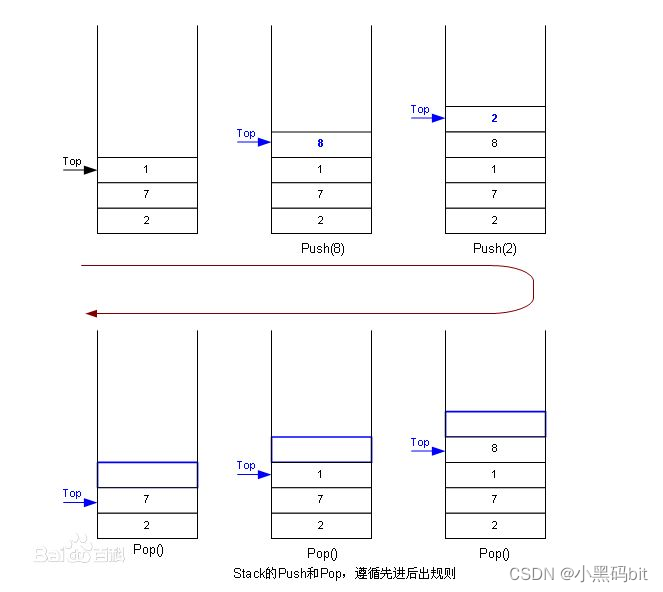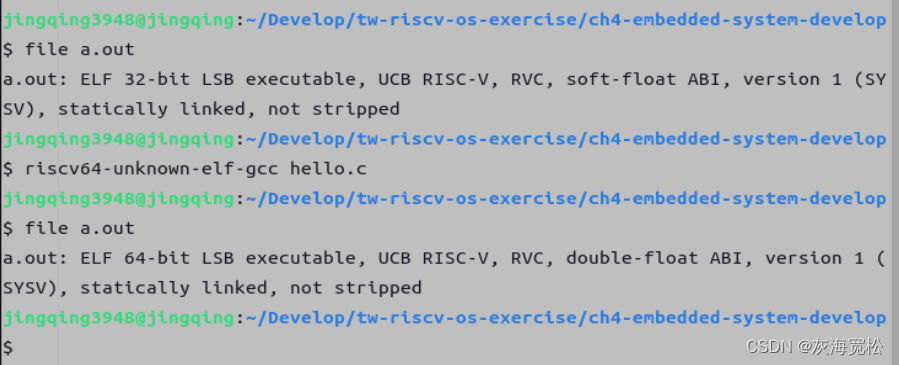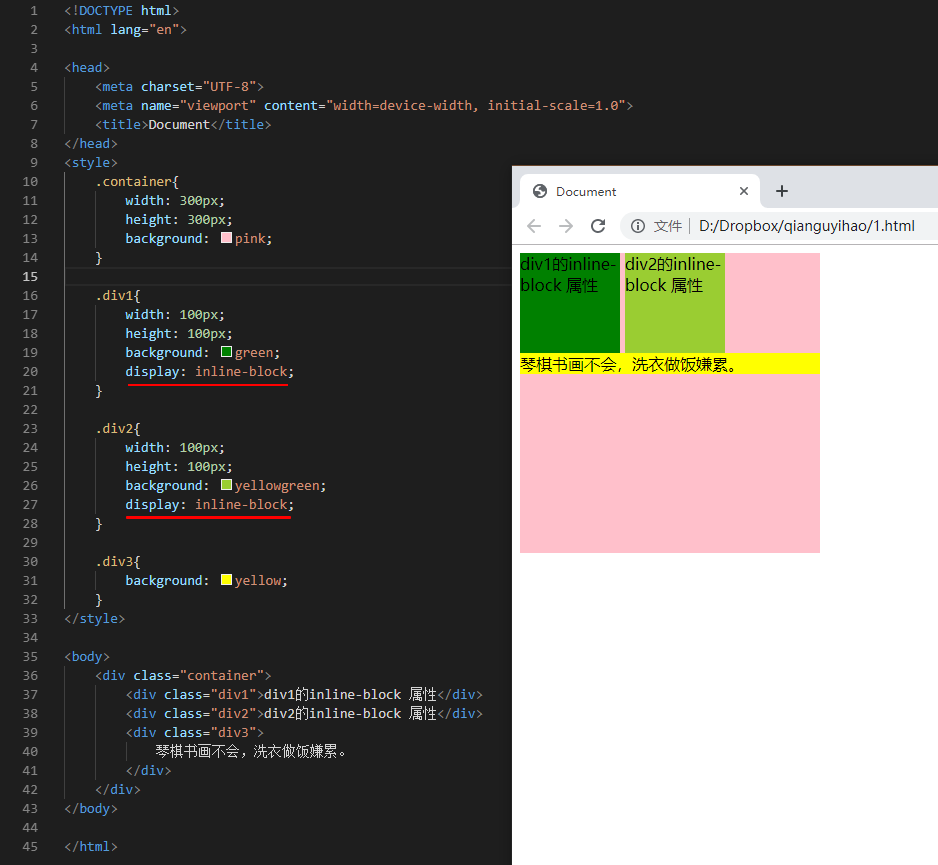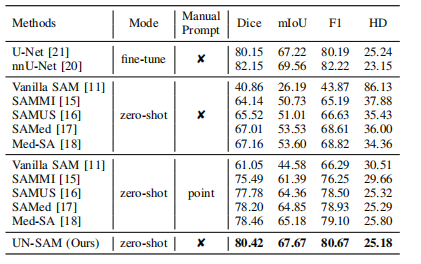目录
1.栈
1.1栈的概念及结构
1.2栈的实现
2.队列
2.1队列的概念及结构
2.2队列的实现
3.顺序栈的具体实现
3.1建头文Stack.h”
3.2创建具体接口实现文件Stack.c
3.2.1初始化
3.2.2入栈出栈
3.2.4判空
3.2.5栈的大小
3.2.6销毁栈
3.3主函数的实现
4.链队的具体实现
4.1建头文Queue.h”
4.2创建具体接口实现文件Queue.c
4.2.1打印
4.2.2初始化
4.2.3出队入队
4.2.4返回队头队尾元素
4.2.5判空
4.2.6返回队列长度
4.2.7销毁队列
4.3.主函数的实现
1.栈
1.1栈的概念及结构
栈:一种特殊的线性表,其只允许在固定的一端进行插入和删除元素操作。进行数据插入和删除操作的一端 称为栈顶,另一端称为栈底。栈中的数据元素遵守后进先出LIFO(Last In First Out)的原则。
压栈:栈的插入操作叫做进栈/压栈/入栈,入数据在栈顶。
出栈:栈的删除操作叫做出栈。出数据也在栈顶。
1.2栈的实现
栈的实现一般可以使用数组或者链表实现,相对而言数组的结构实现更优一些。因为数组在尾上插入数据的 代价比较小。
2.队列
2.1队列的概念及结构
队列:只允许在一端进行插入数据操作,在另一端进行删除数据操作的特殊线性表,队列具有先进先出 FIFO(First In First Out)
入队列:进行插入操作的一端称为队尾
出队列:进行删除操作的一端称为队头
2.2队列的实现
队列也可以数组和链表的结构实现,使用链表的结构实现更优一些,因为如果使用数组的结构,出队列在数 组头上出数据,效率会比较低。
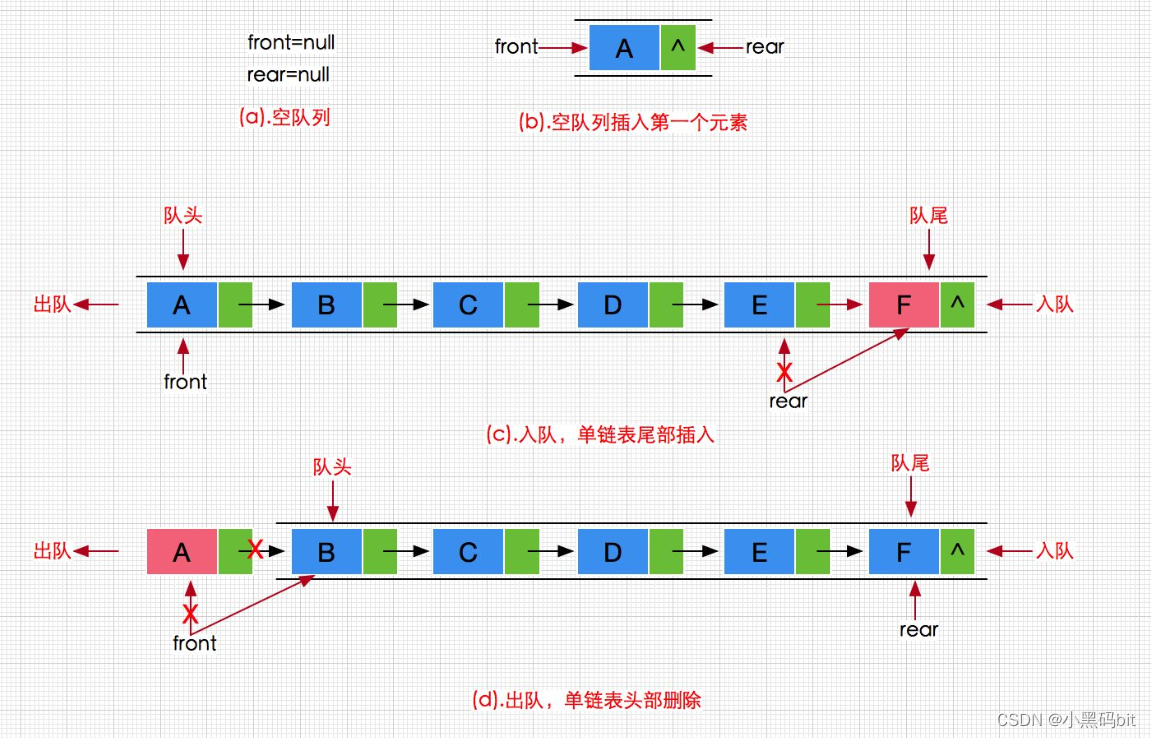
3.顺序栈的具体实现
3.1建头文Stack.h”
为什么要创立头文件
#pragma once
#include <stdio.h>
#include <string.h>
#include <stdlib.h>
#include <stdbool.h>
#include <assert.h>typedef int STDataType;
typedef struct Stack {STDataType*a ;int capacity;int top;
}ST;void StackInit(ST*ps);void StackDestroy(ST* ps);
void StackPush(ST* ps, STDataType x);
void StackPop(ST* ps);STDataType StackTop(ST* ps);
//返回栈顶元素
bool StackEmpty(ST* ps);
//判空
int StackSize(ST* ps);
3.2创建具体接口实现文件Stack.c
先引用#include "Stack.h
3.2.1初始化
void StackInit(ST* ps) {assert(ps);//创建一个节点空间类似顺序表;ps->a = (STDataType*)malloc(sizeof(STDataType) * 4);if (ps->a == NULL){perror("malloc fail");exit(-1);}ps->top = 0;ps->capacity = 4; }
3.2.2入栈出栈
void StackPush(ST* ps, STDataType x){assert(ps);if (ps->top == ps->capacity)//判断是否栈满 需要扩容{STDataType* tmp = (STDataType*)realloc(ps->a,sizeof(STDataType) * ps->capacity*2);if (tmp == NULL){perror("melloc fail");exit(-1);}ps->a = tmp;ps->capacity *= 2;}ps->a[ps->top] = x;ps->top++; } void StackPop(ST* ps) {assert(ps);assert(!StackEmpty(ps));ps->top--; }
3.2.3返回栈顶元素
STDataType StackTop(ST* ps) {assert(ps);assert(!StackEmpty(ps));return ps->a[ps->top - 1]; }
3.2.4判空
bool StackEmpty(ST* ps) {assert(ps);/*if (ps->top == 0){return true;}else{return false;}*/return(ps->top == 0); }
3.2.5栈的大小
int StackSize(ST* ps) {assert(ps);return ps->top; }
3.2.6销毁栈
void StackDestroy(ST* ps) {assert(ps);free(ps->a);ps->a = NULL;ps->top = 0;ps->capacity = 0; }
3.3主函数的实现
#include "Stack.h"void Test1() {ST st;StackInit(&st);StackPush(&st, 1);StackPush(&st, 2);StackPush(&st, 3);StackPush(&st, 4);StackPush(&st, 5);printf("size:%d\n", StackSize(&st)); // 不关心底层实现printf("size:%d\n", st.top + 1); // 关心StackPop(&st);StackPop(&st);StackPop(&st);//StackPop(&st);printf("%d\n", StackTop(&st));StackDestroy(&st);}int main() {Test1();return 0; }
4.链队的具体实现
4.1建头文Queue.h”
为什么要创立头文件
#pragma once
#include <stdio.h>
#include <string.h>
#include <stdlib.h>
#include <stdbool.h>
#include <assert.h>typedef int QDataType;
typedef struct QueueNode {//创建队列结点QDataType data;struct QueueNode* next;//别学了单链表 就不会类比其他特殊链表结点的创建}QNode;
typedef struct Queue {//创建队列 指针结构体QNode* head;QNode* tail;int size;
}Queue;void QueueInit(Queue* ps);
void QueueDestroy(Queue* ps);
void QueuePush(Queue* ps, QDataType x);
void QueuePop(Queue* ps);
void QueuePrint(Queue* ps);
//返回队头队尾元素
QDataType Queuefront(Queue* ps);
QDataType Queueback(Queue* ps);bool QueueEmpty(Queue* ps);
int QueueSize(Queue* ps);
4.2创建具体接口实现文件Queue.c
先引用#include "Queue.h"
4.2.1打印
void QueuePrint(Queue* ps) {if (ps == NULL){printf("NULL\n");}QNode* cur = ps->head;while (cur){QNode* next = cur->next;printf("%d->", cur->data);cur = next;}printf("NULL\n"); }
4.2.2初始化
void QueueInit(Queue* ps) {assert(ps);ps->head = NULL;ps->tail = NULL;ps->size = 0; }
4.2.3出队入队
void QueuePush(Queue* ps, QDataType x) {QNode* newnode = (QNode*)malloc(sizeof(QNode));if (newnode == NULL){perror("malloc fail");exit(-1);}newnode->data = x;newnode->next = NULL;if (ps->tail == NULL){ps->tail = ps->head = newnode;}else{ps->tail->next = newnode;ps->tail = newnode;}ps->size++;}void QueuePop(Queue* ps) {assert(ps);assert(!QueueEmpty(ps));if (ps->head->next == NULL){free(ps->head);ps->head = NULL;ps->tail = NULL;ps->size = 0;}else {QNode* del = ps->head;ps->head = ps->head->next;free(del);ps->size--;} }
3.2.5头插头删
void SLPushFront(SL* ps, SLDataType x) {assert(ps);SLCheckCapacity(ps);for (int i = ps->size; i >0; i--){ps->a[i] = ps->a[i-1];}ps->a[0] = x;ps->size++; }void SLPopFront(SL* ps) {assert(ps);for(int i = 0; i<ps->size; i++){ps->a[i] = ps->a[i + 1];}ps->size--; }
4.2.4返回队头队尾元素
QDataType Queuefront(Queue* ps) {assert(ps);assert(!QueueEmpty(ps));return (ps->head->data);} QDataType Queueback(Queue* ps) {assert(ps);assert(!QueueEmpty(ps));return (ps->tail->data); }
4.2.5判空
bool QueueEmpty(Queue* ps) {assert(ps);return ps->head == NULL && ps->tail == NULL; } }
4.2.6返回队列长度
int QueueSize(Queue* ps) {assert(ps);return (ps->size); }
4.2.7销毁队列
void QueueDestroy(Queue* ps) {assert(ps);QNode* cur = ps->head;while (cur){QNode* next = cur->next;free(cur);cur = next;}ps->head = NULL;ps->tail = NULL;ps->size = 0;}
4.3.主函数的实现
#include "Queue.h"void Test1(){Queue q;//初始化测试QueueInit(&q);QueuePrint(&q);//入队测试QueuePush(&q, 1);QueuePush(&q, 2);QueuePush(&q, 3);QueuePrint(&q);//出队测试QueuePop(&q);QueuePop(&q);QueuePop(&q);QueuePrint(&q);//返回队头队尾元素QueuePush(&q, 1);QueuePush(&q, 2);QueuePush(&q, 3);printf("%d----%d\n", Queueback(&q), Queuefront(&q));QueuePrint(&q);printf("%d", QueueSize(&q));
}
int main()
{Test1();return 0;
}
